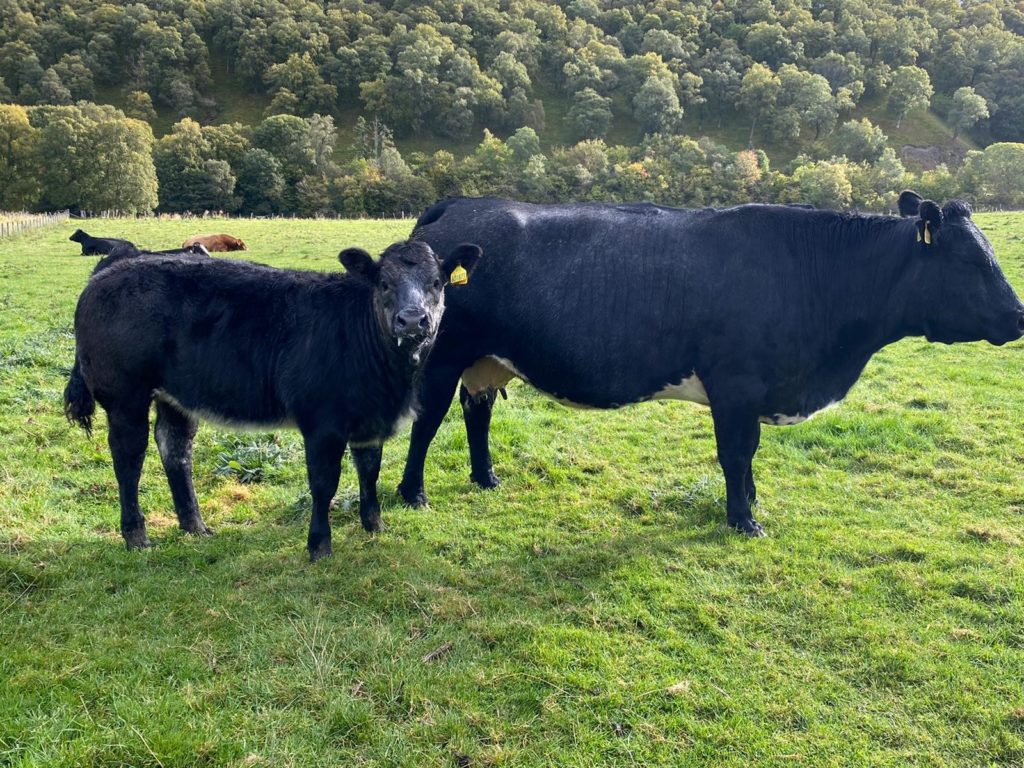Health Considerations of Youngstock at Summer Grazing
19 May 2021Many producers are preparing to turn cattle out to rented summer grass. Before doing so, it is important to consider the herd health implications when summering youngstock away from home.
BVD
Make sure your BVD status is up to date and not due to expire over the summer. If not already done so carry out a check test on animals aged 9 to 18 months before they are turned out to grass. Remember this involves collecting blood samples from animals from each management group. Five unvaccinated animals per group will require to be tested.
It is likely that stock from several holdings will be summered on the same holding so ensure fencing is secure to prevent contact with other cattle or sheep whose health and BVD status are likely to be unknown to you. Remember if you are a member of a CHeCS approved health scheme such as the Premium Cattle Health Scheme then double fencing with a gap of 3 m is required.
If you have a negative status and the rented holding where the animals are moving to does not then you may lose your negative status when stock return home (unless they have been previously tested for BVD virus). To avoid any confusion or inconvenience of testing animals away at grass, screen for BVD virus before animals are moved. If you are in any doubt about biosecurity and the BVD status of neighbouring cattle don’t put your herd’s health status at risk. Consider completing a course of BVD vaccination before sending stock to seasonal rented land.
Don’t forget you can check the BVD status of any holding by entering the CPH number into the BVD look up page on the ScotEID website; https://www.scoteid.com/lookup
Johne’s Disease
As youngstock are most susceptible to Johne’s disease you may not want to send cows and young calves away to summer grazing as slurry or muck may have been spread on the grass from an unknown Johne’s herd status. Map (the bacterium that causes Johne’s disease) can persist in slurry for up to 12 months.
Johne’s can be spread by contaminated drinking water. Faeces from previous cattle grazing the field might be present in the water trough. You may want to think about emptying the water trough, scooping out any debris from the bottom and allowing the trough to fill with clean, fresh water.
Leptospirosis
The bacteria that causes Lepto is shed in urine. Watercourses pose an infection risk (similarly to the risk of Johne’s) if other livestock are grazing upstream. Ideally mains water should be used but this may not be possible. Consider vaccinating against Leptospirosis before turnout.
Parasites
The previous grazing history of the grass and class of stock being turned out will have a bearing on the risk of parasitic gastroenteritis (worms), with youngstock and animals in their first grazing season being most at risk. Bear in mind that there might not be handling facilities available at seasonal grass fields so control options for worms should be considered before stock are sent away from home.
The risk of fluke on rented grass will depend on the grazing history and how wet the land is so keep this in mind for later in summer and autumn.
Although outbreaks of Lungworm are more common in the later summer months heading into autumn, outbreaks are unpredictable. Best practice would be to vaccinate before turn out.
If fields are sheltered and or have areas of trees then a form of fly control would be beneficial to reduce the risk of flies becoming a nuisance and summer mastitis.
If taking on new grass for the first time or fields which may not have been grazed recently then it would be worthwhile checking longer grass areas around boundary fences for any signs of batteries that may have been dis-guarded. Turnout is the peak time for poisoning risk on farm with lead poisoning being common from animals having contact with car or tractor batteries.
Consult your vet for advice if you have any health concerns with using seasonal rented grass.
Sarah Balfour, sarah.balfour@sac.co.uk
Sign up to the FAS newsletter
Receive updates on news, events and publications from Scotland’s Farm Advisory Service

